Suffering from prostate enlargement for many years but unable to undergo surgery due to underlying disease
Patient TTN, 72 years old, residing in Ha Nam , was diagnosed with benign prostatic hyperplasia with a size of 82g, 4 times larger than normal. For many years, the patient has suffered from persistent pain of urinary disorders, including painful urination, frequent urination, and frequent urination at night (5-6 times per night). These symptoms seriously affect his health and quality of life, especially sleep, making Mr. N. mentally exhausted.
However, because he had a history of coronary stent placement and was taking anticoagulants, Mr. N. still hesitated to completely treat the condition, always worried that surgery would pose a high risk of blood loss during and after surgery.

After carefully studying the prostate embolization method, which is non-surgical and bloodless, the patient decided to go to Hong Ngoc General Hospital for treatment. Here, Dr. Trinh Tu Tam, Head of the Department of Interventional Radiology and Diagnostic Imaging, directly examined and assessed Mr. N's condition.
“Prostate embolization is a minimally invasive endovascular intervention technique. The doctor will insert a small catheter into the artery, selectively scan the branch of the artery supplying blood to the prostate, then inject embolic material into that artery, cutting off the source of nutrition for the gland, making the gland softer, reducing compression of the urethra and shrinking over time. This method is minimally invasive, the incision of the interventional instrument is as small as the tip of a needle, no anesthesia, no surgery, so it is suitable for patient N who has a history of coronary stent placement and is taking anticoagulants,” shared Dr. Tam.
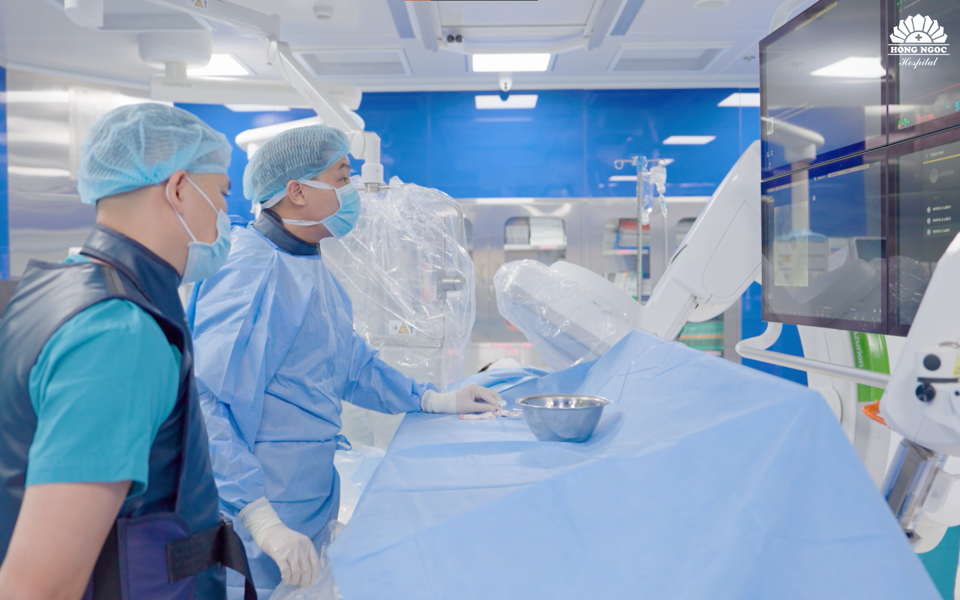
Simultaneously block 2 branches of blood vessels that feed the enlarged tumor, preserving the entire prostate gland.
With the support of the Dutch DSA machine integrated with table-top computed tomography technology (CT Cone beam), the doctors were able to accurately locate the two blood vessels supplying the enlarged mass: The left prostatic artery has a collateral branch going down to the base of the penis, requiring experience and high precision to avoid blocking this important blood branch. Meanwhile, the right prostatic artery has a complex origin with branches going deep inside, requiring the doctor to insert the catheter deeper to perform precise selective embolization.
Dr. Tam shared: “The key point in this intervention is the complete embolization of both arteries supplying blood to the prostate. According to conventional convention, only one arterial branch needs to be embolized to be considered successful. However, in this case, embolization of both at the same time will ensure complete interruption of blood supply to the gland.”
After just over an hour of performing the prostate artery embolization procedure, the left prostatic artery branch was completely blocked at its root, with no more blood stasis in the left half of the prostate.
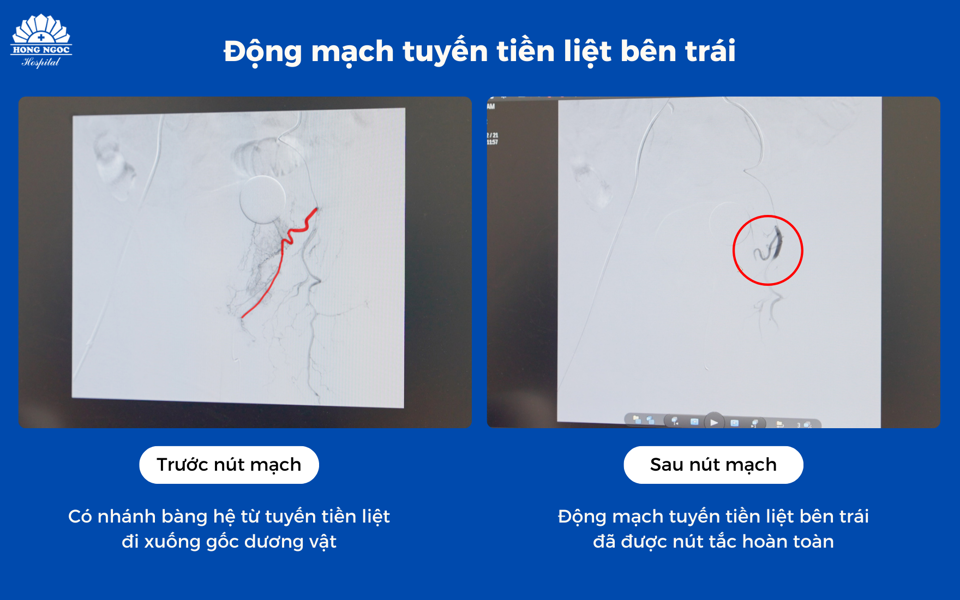
The right branch also intervened successfully, "the right half of the prostate almost no longer absorbs the drug, the arterial branches supplying blood to the prostate are completely blocked but still ensure blood circulation to the surrounding areas" - Dr. Tam added.
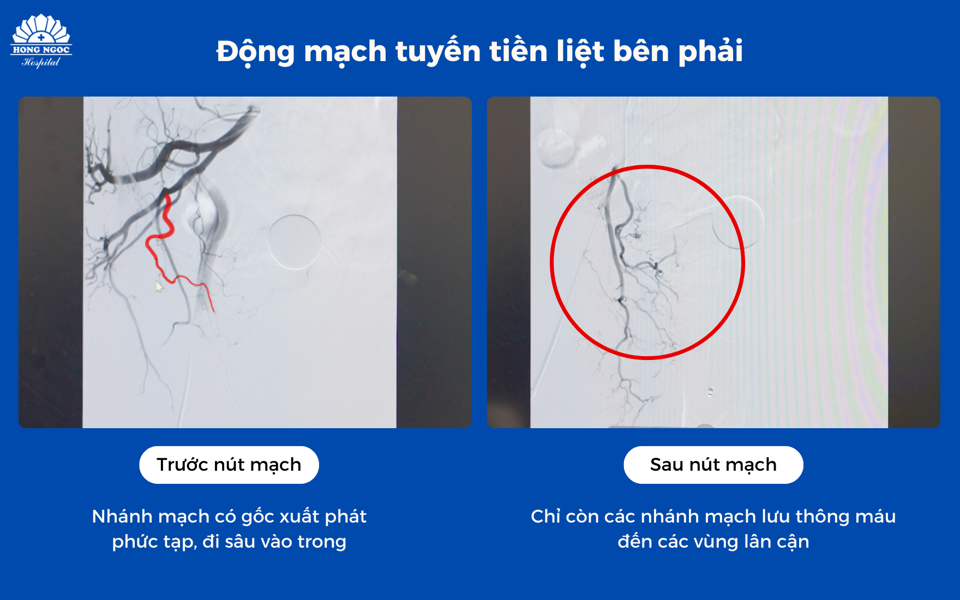
Dr. Tam shared: “With the prostate embolization method, embolic particles from small to large are inserted to gradually block the arteries supplying blood, causing prostate enlargement. This procedure ensures two important goals: Reducing the size of the prostate, reducing pressure on the urethra and bladder, and ending frequent urination at night. At the same time, the integrity of the prostate is preserved, preventing complications of retrograde ejaculation, helping patients maintain normal physiological function.”
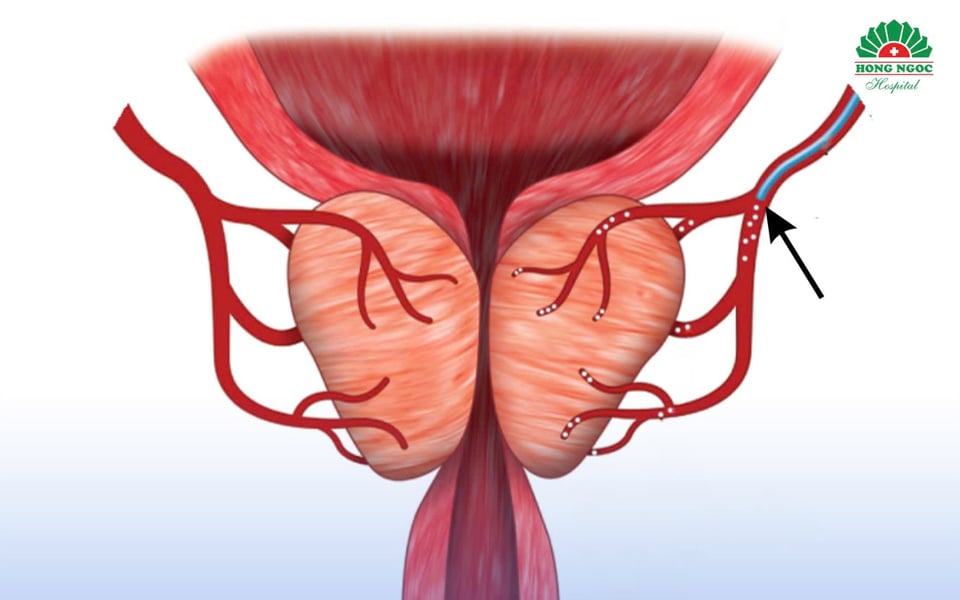
The embolization process is performed without anesthesia, is painless, and the patient is completely awake.
The patient shared right on the procedure table: “Before coming to Hong Ngoc Hospital for examination, I was very worried, I did not expect the procedure to be so comfortable and quick. I did not have to be anesthetized but it was not painful at all, especially I did not lose any blood, and I could still use anticoagulants. With Dr. Tam performing the procedure directly, I felt completely secure. My family and I also researched a number of places but only trusted Hong Ngoc Hospital.”
This is a complicated case in an elderly patient with many underlying diseases, but with high expertise, extensive experience and dedication of the medical team at Hong Ngoc Hospital, the procedure was successful beyond expectations. Thereby, it proves that the application of modern techniques and technologies in prostate embolization not only ensures the best treatment results but also opens up opportunities for safe intervention for elderly patients or patients with complex underlying diseases.
Directly performing embolization intervention for TTN patient is Dr. Trinh Tu Tam - Head of Diagnostic Imaging and Interventional Radiology Department, Hong Ngoc General Hospital, 15 years of experience performing large prostate embolization cases.
- Intervention with only 1 needle, no blood loss
- Simultaneous 3-vessel prostate node
- No anesthesia, no pain
Contact for consultation on prostate artery embolization Hotline: 0912.002.131 - 0949.646.556
Hong Ngoc General Hospital - Phuc Truong Minh - Achieved ACHS International certification - Australian Council for Health Care Standards.
Source: https://kinhtedothi.vn/nut-mach-tuyen-tien-liet-cho-benh-nhan-dang-dung-thuoc-chong-dong-mau.html



![[Photo] General Secretary To Lam attends the 80th Anniversary of the Cultural Sector's Traditional Day](https://vstatic.vietnam.vn/vietnam/resource/IMAGE/2025/8/23/7a88e6b58502490aa153adf8f0eec2b2)












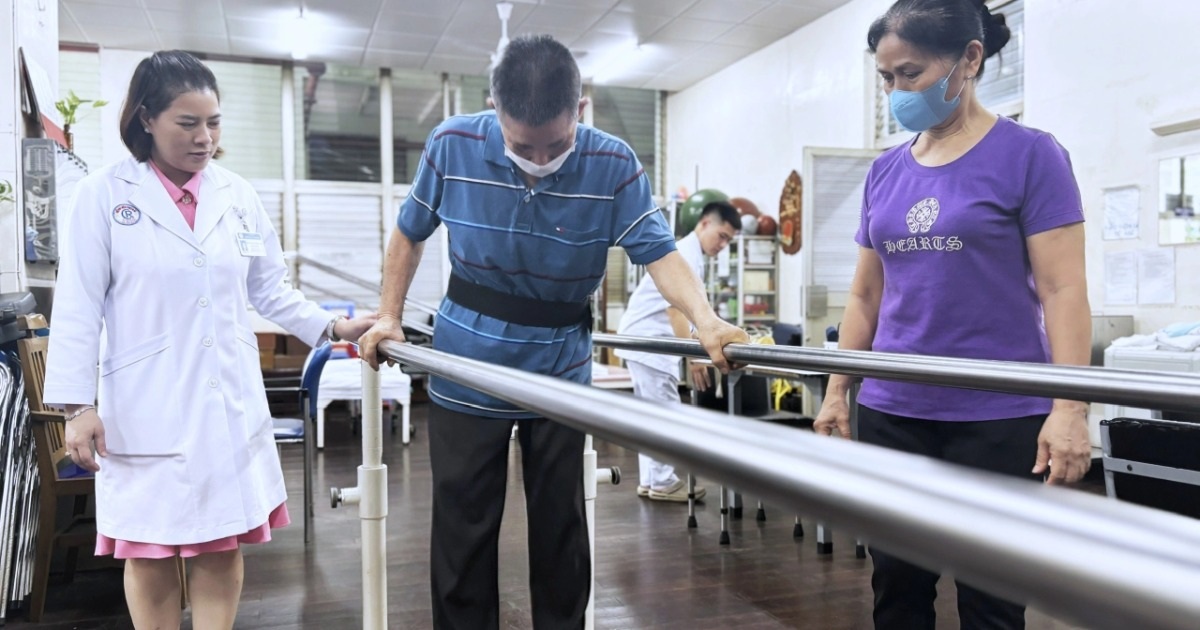

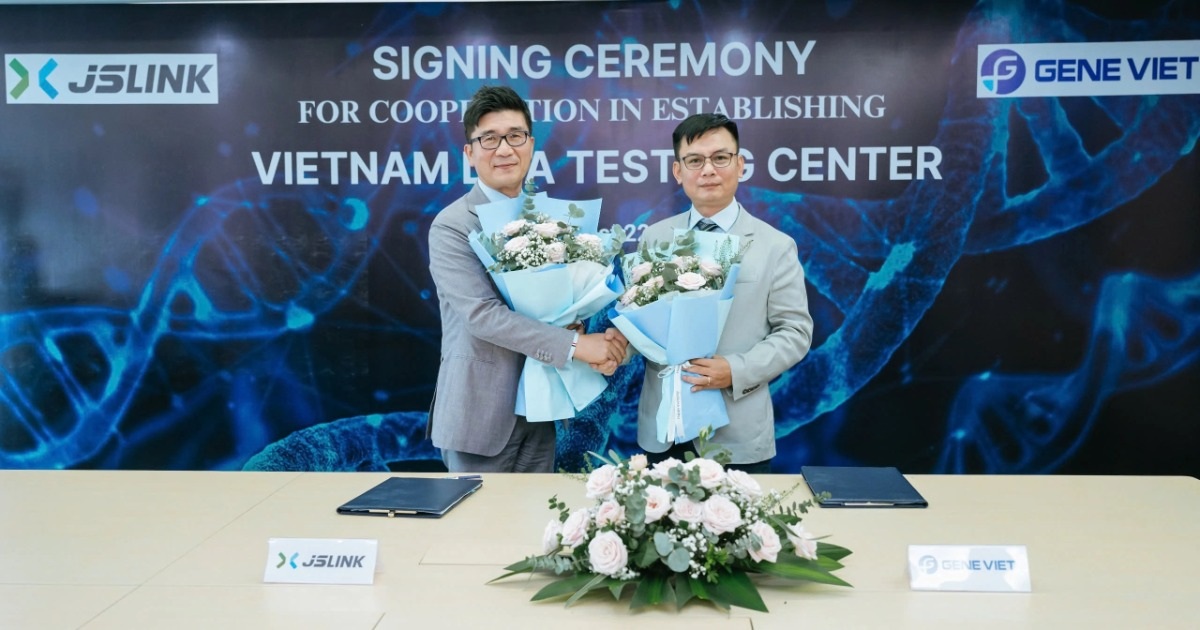
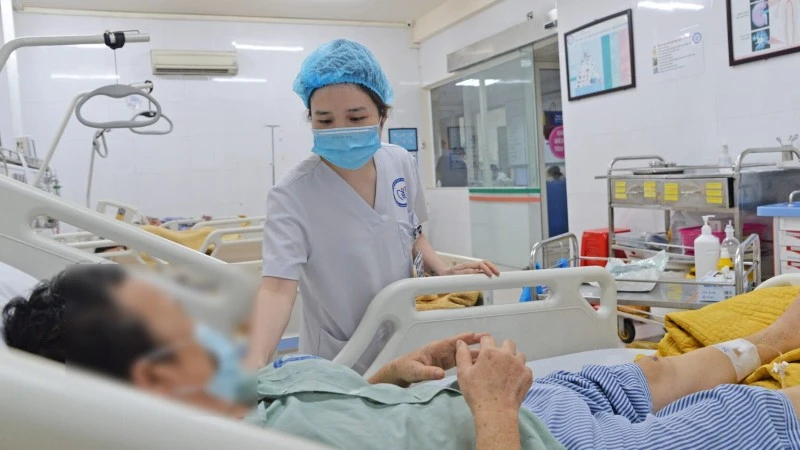








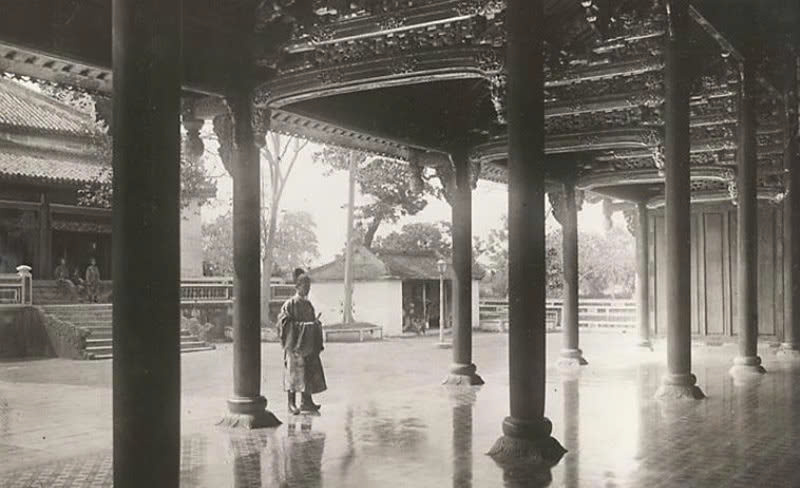



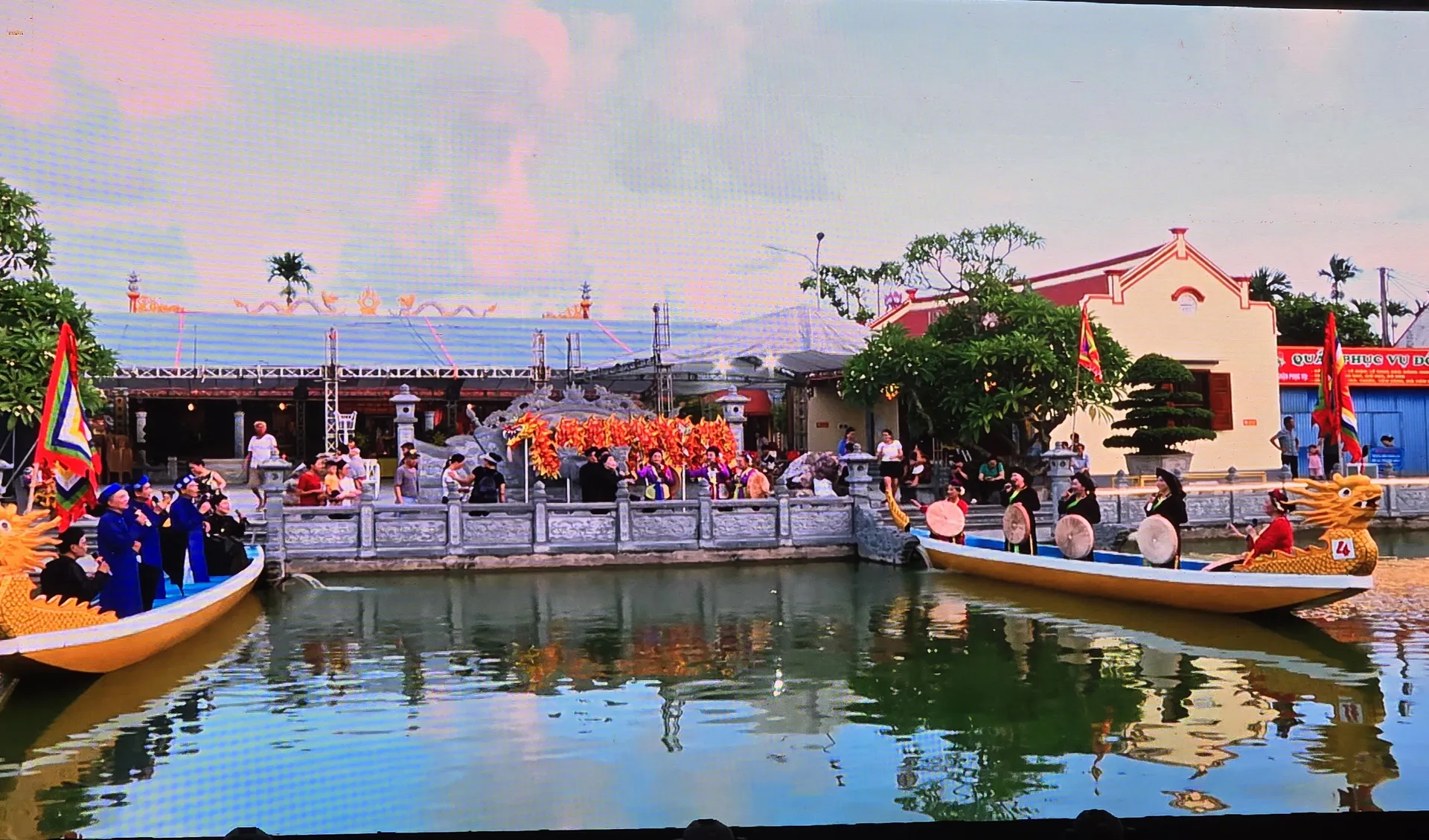



































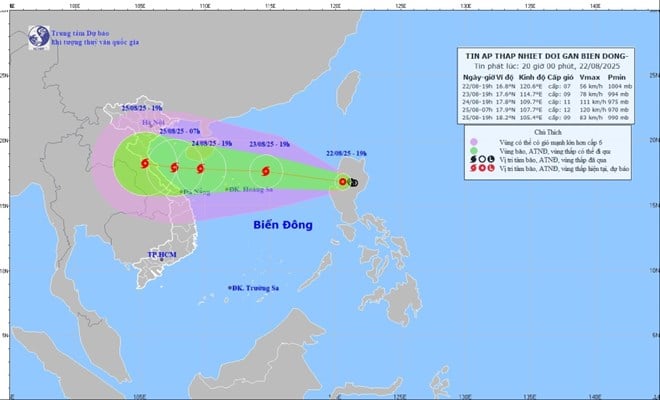





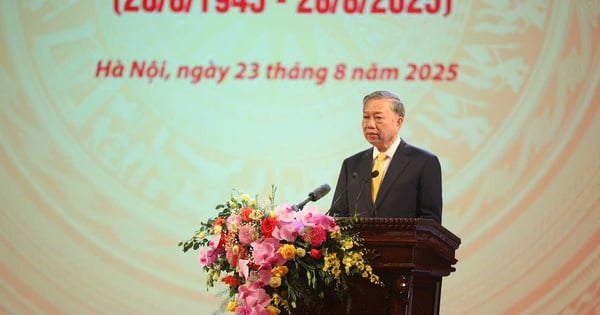
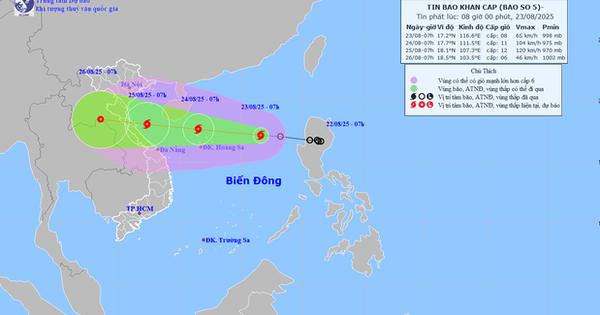

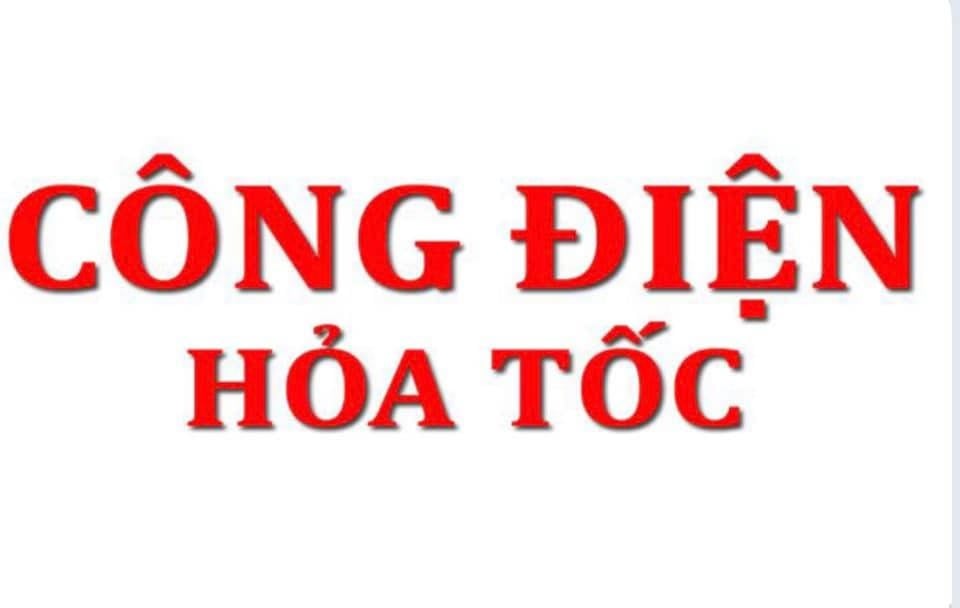




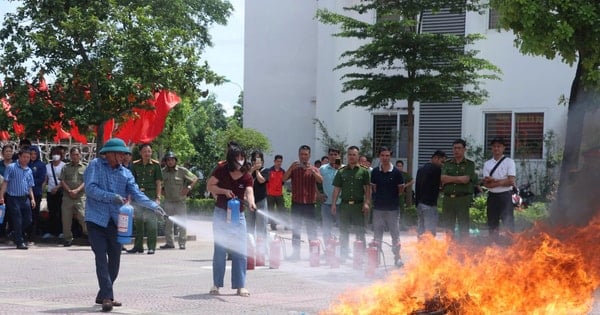





















Comment (0)